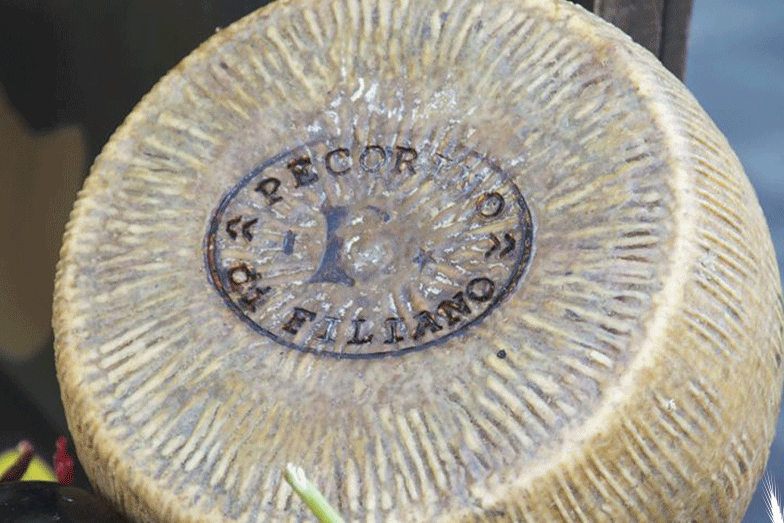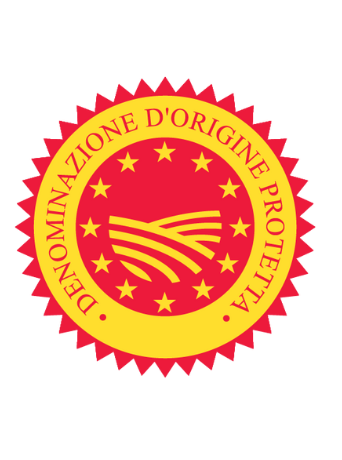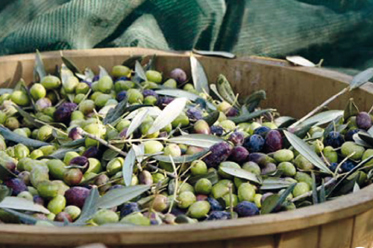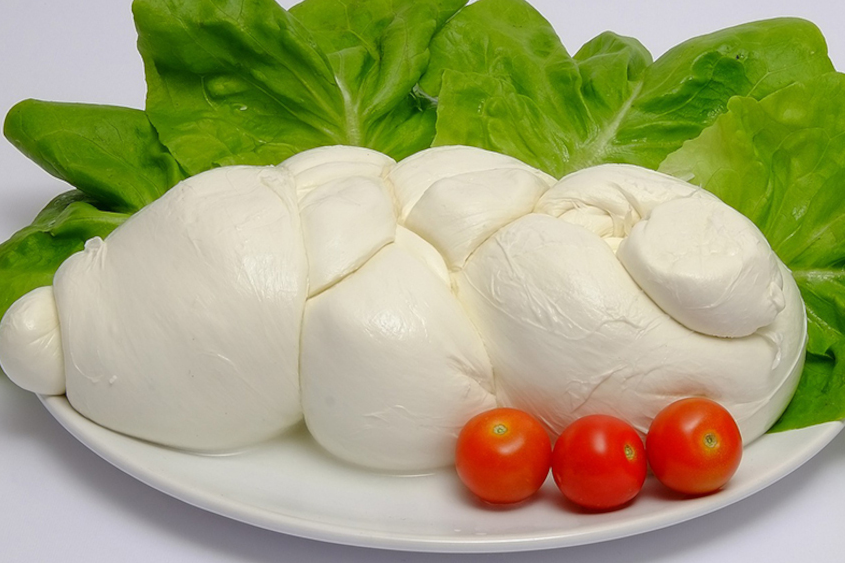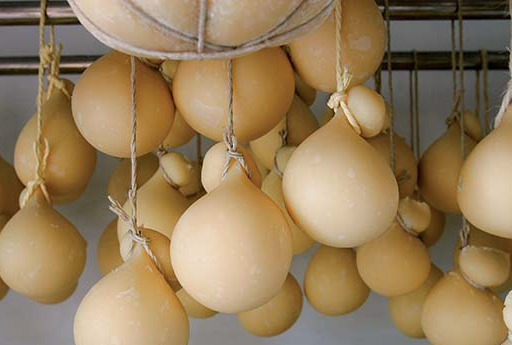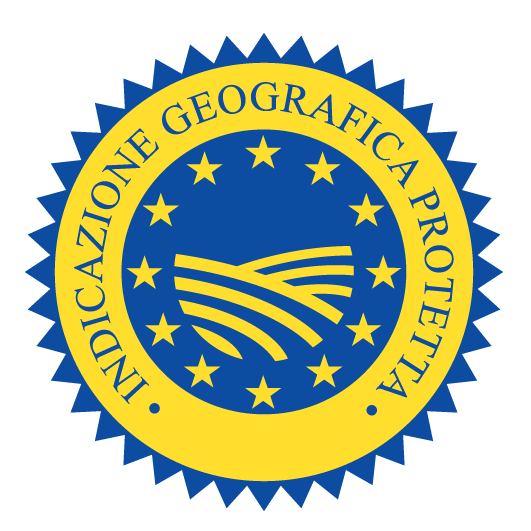
Typical Products from Basilicata

Pecorino di Filiano DOP
Description
Pecorino di Filiano PDO is a firm cheese made with whole milk from sheep of Gentile di Puglia and Lucania, Leccese, Comisana, Sarda breeds, and their crossbreeds.
Production area
The production area of Pecorino di Filiano PDO is within the territory of 30 municipal areas in the Province of Potenza, in the Basilicata region.
History
The significance of sheep farming in the production region can be traced back to at least the Roman conquest of the area, if not earlier. During the migration of the flocks, shepherds produced cheese from sheep’s milk.
Fagioli Bianchi di Rotonda DOP
Description
Fagioli Bianchi di Rotonda PDO are white beans, either fresh or dried, that come from the Fagiolo Bianco and Tondino (or Poverello Bianco) ecotypes of the Phaseolus vulgaris L. species.
Production area
The production area of Fagioli Bianchi di Rotonda PDO is within the territory of the Pollino National Park and incorporates the municipal areas of Rotonda, Viggianello, Castelluccio Superiore and Castelluccio Inferiore, in the Province of Potenza, in the Basilicata region.
History
In 1853, Cirelli wrote about the importance of water resources for cultivating Fagioli Bianchi di Rotonda PDO. A newspaper article from 1860 described the quality of the beans and mentioned that Giuseppe Garibaldi enjoyed eating them during a visit to Rotonda, even taking some with him to Caprera.
Melanzana Rossa di Rotonda DOP
Description
Melanzana Rossa di Rotonda PDO is a type of fresh eggplant that comes from the Melanzana Rossa di Rotonda ecotype and belongs to the Solanum aethiopicum species.
Production area
The production area of Melanzana Rossa di Rotonda PDO is within the municipal areas of Rotonda, Viggianello, Castelluccio Superiore and Castelluccio Inferiore, in the Province of Potenza, in the Basilicata region.
History
The origins of Melanzana Rossa di Rotonda PDO can be traced back to Africa. During the colonial era, many families from Rotonda moved to the new lands that were conquered by the fascist regime in order to find work. In 1935, before the Ethiopian war broke out, those who returned home brought with them a distinctive type of eggplant.
Vulture DOP
Description
The Vulture PDO extra virgin olive oil is produced using the Ogliarola del Vulture olive variety, which must represent a minimum of 60% of the olive groves. The remaining 40% can be made up of several other varieties, either individually or combined, including Coratina, Cima di Melfi, Palmarola, Provenzale, Leccino, Frantoio, Cannellino, Rotondella, Laudiola and Nocellara.
Production area
The production area of Vulture PDO is within several municipalities in the Province of Potenza, in the Basilicata region.
History
Historical documents found in the State Archives of Potenza reveal that olive trees have been cultivated in the Vulture area since ancient times. These documents include various statistics and reports describing the region and olive cultivation.
Mozzarella di Gioia del Colle DOP
Description
Mozzarella di Gioia del Colle PDO is a fresh spun paste cheese made exclusively from whole cow’s milk and whey. It is available in three different shapes: spherical, knot, and braid.
Production area
The geographical area of production of this PDO cheese includes the territory of some municipalities of the province of Taranto, in Puglia region, and part of the province of Matera in Basilicata.
History
Mozzarella di Gioia del Colle has a long history dating back to the early 20th century, as evidenced by numerous historical documents.
Caciocavallo Silano DOP
Description
Caciocavallo Silano PDO is a semi-hard cheese with a stringy texture made from whole cow’s milk sourced from the production area.
Production area
he production area of Caciocavallo Silano PDO is within the internal areas of the provinces of Crotone, Vibo Valenzia, Catanzaro and Cosenza, in the Calabria region; Avellino, Benevento, Caserta and Naples, in the Campania region; Isernia and Campobasso, in the Molise region; Bari, Taranto and Brindisi, in the Apulia region; Matera and Potenza in the Basilicata region.
History
Caciocavallo Silano PDO, an ancient and characteristic stringy cheese from southern Italy, is produced by hanging pairs of cheese from a thin wooden beam near the fireplace. The cheese has a history dating back to 500 B.C according to the most reliable sources.
Pane di Matera IGP
Description
Pane di Matera PGI is a type of bread made using remilled semolina and/or durum wheat. To qualify as Pane di Matera PGI, at least 20% of the wheat used must come from local ecotypes and ancient varieties. Natural yeast (Mother yeast), salt, and water are also added to the bread dough.
Production area
The production area of Pane di Matera PGI is within the entire territory of the Province of Matera, in the Basilicata region.
History
Bread making has been a longstanding tradition in the local area, with evidence showing specific techniques used in bread making dating back to the times of the Kingdom of Naples.
Fagiolo di Sarconi IGP
Description
The Fagiolo di Sarconi PGI is a type of bean, either fresh or dry, that is grown from the Cannellino and Borlotto varieties as well as 20 local ecotypes that have been derived from them.
Production area
The production area of Fagiolo di Sarconi PGI is within the territory of several municipalities in the Province of Potenza, in the Basilicata region.
History
For generations, the farming community in Sarconi has relied on the cultivation of beans as their primary crop and source of income. The unique quality of the water used for irrigation contributes to the superior taste of the beans grown in this region, which are highly regarded locally, but not widely known outside the area.
Canestrato di Moliterno IGP
Description
Canestrato di Moliterno PGI is a firm cheese that is aged for a minimum of 60 days, and it is made using 70-90% whole sheep’s milk and 30-10% whole goat’s milk.
Production area
The production area of Canestrato di Moliterno PGI is within the territory of 60 municipalities in the Matera and Potenza districts, in the Basilicata region. The ripening process can only be carried out within the territory of the Municipality of Moliterno.
History
The Moliterno area has a long history of sheep farming and cheese-making, as evidenced by archaeological discoveries dating back to the 4th century BC. The name Moliterno is believed to have originated from the Latin word “mulgere,” which means “to milk.”
Lucanica di Picerno IGP
Description
Lucanica di Picerno PGI is a type of cured meat made from a blend of minced fresh meat sourced from heavy pigs. The meat is seasoned and stuffed into natural hog casings to produce a flavorful sausage. A spicy variation of the sausage is also available.
Production area
The production area of Lucanica di Picerno PGI is within the territory of the municipalities of Picerno, Tito, Satriano di Lucania, Savoia di Lucania, Vietri di Potenza, Sant’Angelo Le Fratte, Brienza, Balvano, Ruoti, Baragiano, Bella, Muro Lucano, Castelgrande and Sasso di Castalda, in the Province of Potenza, in the Basilicata region.
History
The origins of Luganega’s strong roots in the production area are first attested to by historical sources dating back to Roman times, between the end of the 3rd and the beginning of the 2nd century BC. These sources include Marcus Terentius Varro, Martial, Apicius, and Cicero, who referred to the sausage they had discovered in Lucania.
Olio lucano IGP
Description
Olio Lucano PGI is extra virgin olive oil made from various types of olives grown in the production area, including Acerenza, Ogliarola del Vulture, Ogliarola del Bradano, Maiatica, Nociara, Ghiannara, Augellina, Justa, Cornacchiola, Romanella, Carpinegna, Faresana, Sammartinengna, Spinoso, Cannellina, Cima di Melfi, Fasolina, Fasolona, Lardaia, Olivo da mensa, Orazio, Palmarola, Provenzale, Racioppa, Roma, Rotondella, Russulella, Scarpetta, Tarantina, Coratina, Frantoio, and Leccino. Other olive varieties can also be used up to a maximum of 20%. The olive oil’s origin and quality are protected by the PGI certification.
Production area
The production area is the entire region of Basilicata.
History
The cultivation of olive trees in the region of Basilicata predates the Ancient Roman period.
Peperone di Senise IGP
Description
The Peperone di Senise PGI designates fresh, dried or powdered peppers that belong to the Capsicum annuum species and come from the Tronco, Uncino, and Appuntito morphological varieties.
Production area
The production area of Peperone di Senise PGI is in the Municipality of Senise; in several neighbouring municipalities, in the provinces of Matera and Potenza, in the Basilicata region.
History
Peperone di Senise PGI can trace its origins back to the 16th and 17th centuries when it was introduced to the production area and found a favorable environment for cultivation.
Lenticchia di Altamura IGP
Description
The Lenticchia di Altamura PGI denotes dried lentils of the Laird and Eston varieties from the Lens culinaris Medik species.
Production area
Lenticchia di Altamura PGI is produced in several municipalities in the Apulia and Basilicata regions, including Altamura, Ruvo di Puglia, Corato, Poggiorsini, Gravina in Puglia, Cassano delle Murge, and Santeramo in Colle in the Province of Bari, as well as Andria, Minervino Murge, and Spinazzola in the Province of Barletta-Andria-Trani. It is also produced in Montemilone, Palazzo San Gervasio, Genzano di Lucania, Banzi, Forenza, and Tolve in the Province of Potenza, and in the municipalities of Irsina, Tricarico, and Matera in the Province of Matera.
History
The Lenticchia di Altamura PGI was historically viewed as a product of the regional small-scale farming economy. However, in the 1930s, it began to be sold in both domestic and international markets.
Choose any region of Italy to explore typical products.

